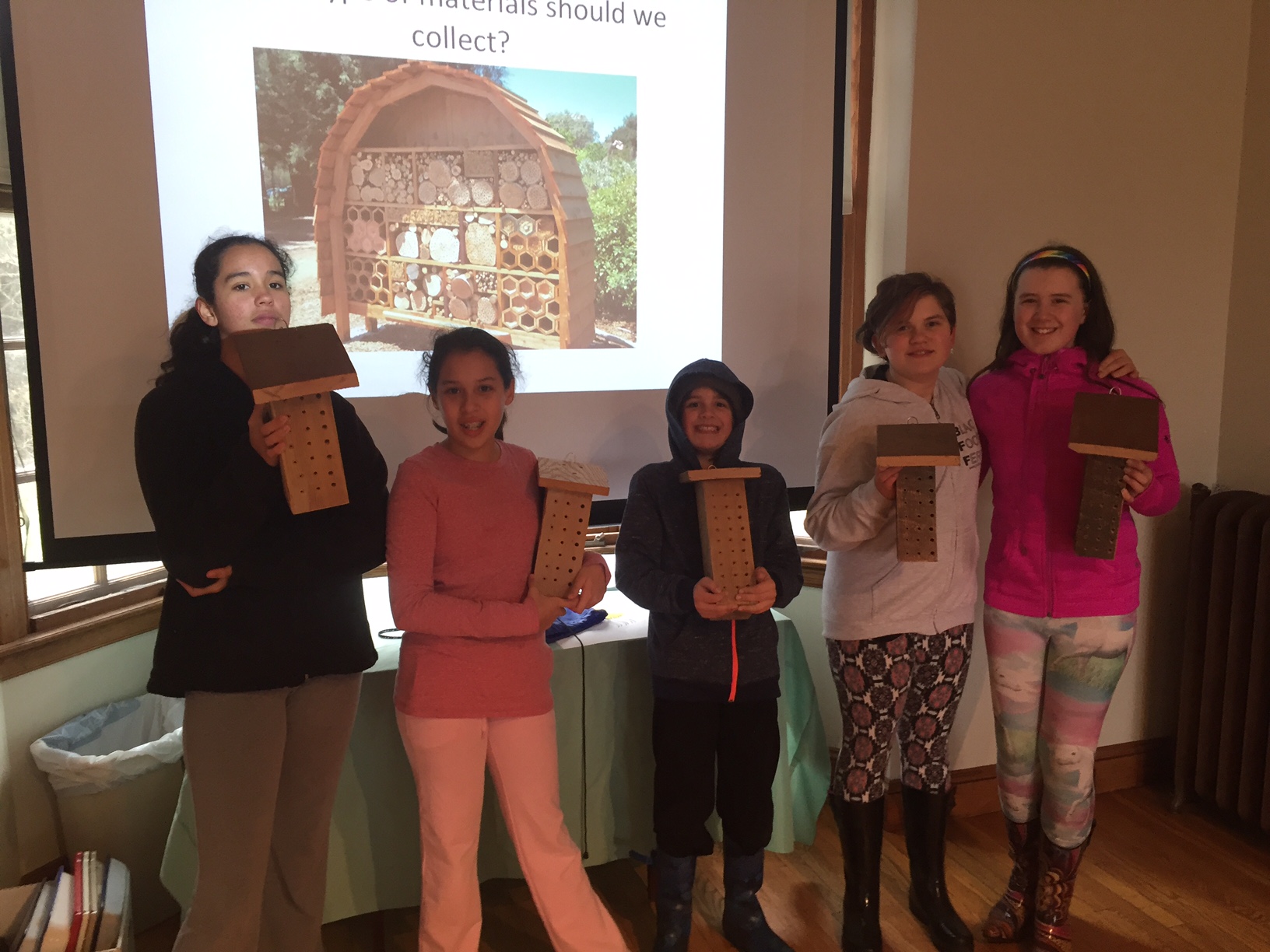Homeschool classes at MABA
In an environment rich with nature, science, and art, our homeschool classes are full of excitement, laughter, focused awareness, and curiosity. This blog post highlights some of the activities and programs we have done over the past few months at MABA. To learn or sign up for our spring courses, click here.
Animal Behavior Homeschool Class: Monarch Butterfly Natural History and Flight
The Biomechanics of Gliding
In one of our Animal Behavior sessions, we focused on the Monarch Butterfly migration to learn about animal migration and the biomechanics of flight.
Students created model monarch butterflies and conducted a test flight experiment in our museum.
To learn more about the incredible monarch butterfly migration, check out this fantastic BBC documentary
Monarch Butterfly amazing migration – BBC Life HD
Want to do more at home? Journey North is a great resource and citizen science project that tracks the migration of Monarch Butterflies and lets you contribute data that improves our understanding and conservation of these fantastic butterflies. We have tracked Monarch egg laying on the wildlife sanctuary and submitted data to journey north. Here is a publication that has used citizen science data from journey north to help us better understand migration and monarch population dynamics.
Learning about bird behavior and biology by making clay birds
Learning about animal behavior and ethology by studying betta fish behavior & responding with art
Field Biology, Pollinator Ecology, and Art Homeschool Class:
Exploring watercolor techniques and color theory
To reinforce what we have learned about the biology and ecology of native bees and butterflies, each student cut out bee and butterfly silhouettes. They used these silhouettes to learned color theory and watercolor techniques, including wet on wet and wet on dry, by creating bold, fun, and colorful pollinators that they took home.
We have also learned about nesting habitats of native bees and created mason bee houses.

Studied the phenology of spring flowering plants through focused awareness and intentional curiosity
Creating pollinators out of paper marbled with dye using the art of suminigashi
Digital Photography Homeschool Class
Looking closely and creating nature’s treasure maps
In our digital photography class, students built a digital camera, learned about the technology in the camera, and the art of photography. We focused on composition, such as the rule of thirds, looking for geometry in nature, and taught students to be keen observers of the natural world by looking closely. We explored our expansive wildlife sanctuary and created nature treasure maps, thanks to the incredible naturalist and artist Jack (John Muir) Laws for this idea, both with sketchbooks and through photography.
Taking opportunities when they arise: A coopers hawk had a mallard for lunch
Exploring the technology behind the camera lens
Exploring the end of winter and start of spring behind the camera lens





